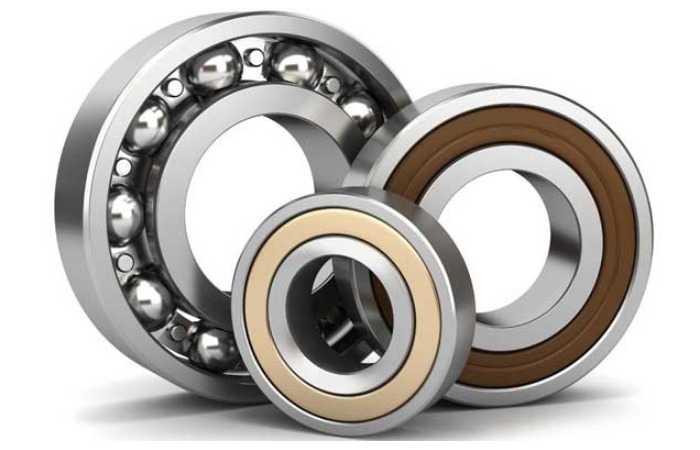
Improving Machine Productivity
While the pandemic affected all industries, it positively contributed to the bearings industry. By accelerating value chain processes, and building future capabilities, the industry quickly adapted to meet the demands.
Bearings enhance equipment performance and reduce energy and lubricant consumption. Bearings are required for longer life of equipment in spite of being subjected to higher loads and more adverse and difficult operating environments such as high vibration, shocks and contamination. The factors contributing to the market growth of industrial bearings include increasing application of bearings in various industrial sectors and increase in the manufacturing of heavy machinery, among others.
Application and technology trends
According to Sanjay Koul, Chairman and Managing Director, Timken India Limited, “Infrastructure sector has become the biggest focus for the government and vision 2030 proposed action plan to become a manufacturing and export hub for construction equipment and propel the development of world-class infrastructure in the country. Apart from infrastructure, the industrial sector is also expected to do well in coming years due to programmes such as Atmanirbhar Bharat and Make in India, which should further drive growth in the construction equipment market and have a direct impact on demand for bearings in the CE market.”
At a time when the infrastructure equipment players are coming out with products of higher efficiency and better productivity, the bearing manufacturers are keen on introducing new features and improved performance into their products. They are actively involved in research and development in the area of materials and condition monitoring solutions. “In terms of material, we are customising bearings for specific applications and definitely different applications will require different materials. So, we have already proven materials which are more or less standardised,” says Kadam.
Rangababu Ch, Segment Leader Heavy Industry, SKF, says, “Considering the prevailing condition in the country and other foreseeable factors now, the market for CE will follow an upward trend in the medium to long term, with BS(CEV)-IV emission norms getting rolled out, the CE industry is looking beyond Middle East and Africa and enter in the developed country market. Equipment makers are looking for cost-effective solutions as the input cost is increasing. The market is moving towards maintenance-free bearings, “Made in India products”, telematics/intelligent feedback system is gaining momentum.”
“Considerable growth is projected for CE as government initiatives to boost the country’s infrastructure take effect. This equipment will capitalise on a longstanding trend for bearings to effectively manage heightened power density. CE is constantly evolving toward higher efficiency, lower carbon foot print and greater productivity. Rolling and sliding bearings are advancing in tandem towards lower friction, higher speeds and higher load carrying capabilities,” said Pramod Francis, Head – Application Engineering, CCTY Bearing India.
“In my view, factory owners, today, are looking to Big Data, artificial intelligence, and machine learning to revolutionise processes and efficiency on the plant floor as well as fleet maintenance. SKF is working alongside them to drive digitalisation. Through our unique business model – Rotating Equipment Performance (REP) – we partner with customers in the asset management area to improve the reliability, availability of machines in the field,” added Rangababu Ch.
Construction equipment industry continues to evolve with adoption of technologies such as hybrid transmission. Timken, with its vast knowledge in bearing and friction management, is helping its customers choose the right bearings for each application. This helps to increase productivity and reduce vehicle downtime, thereby enhancing the overall value for customers.
Tough market conditions
India will continue to be among the fastest growing economies and rebound stronger from the pandemic in coming years with focus on infrastructure and initiatives such as Atmanirbhar Bharat, which will drive demand in the construction sector resulting in increased demand for bearings in the CE applications.


 +91-22-24193000
+91-22-24193000 Subscriber@ASAPPinfoGlobal.com
Subscriber@ASAPPinfoGlobal.com